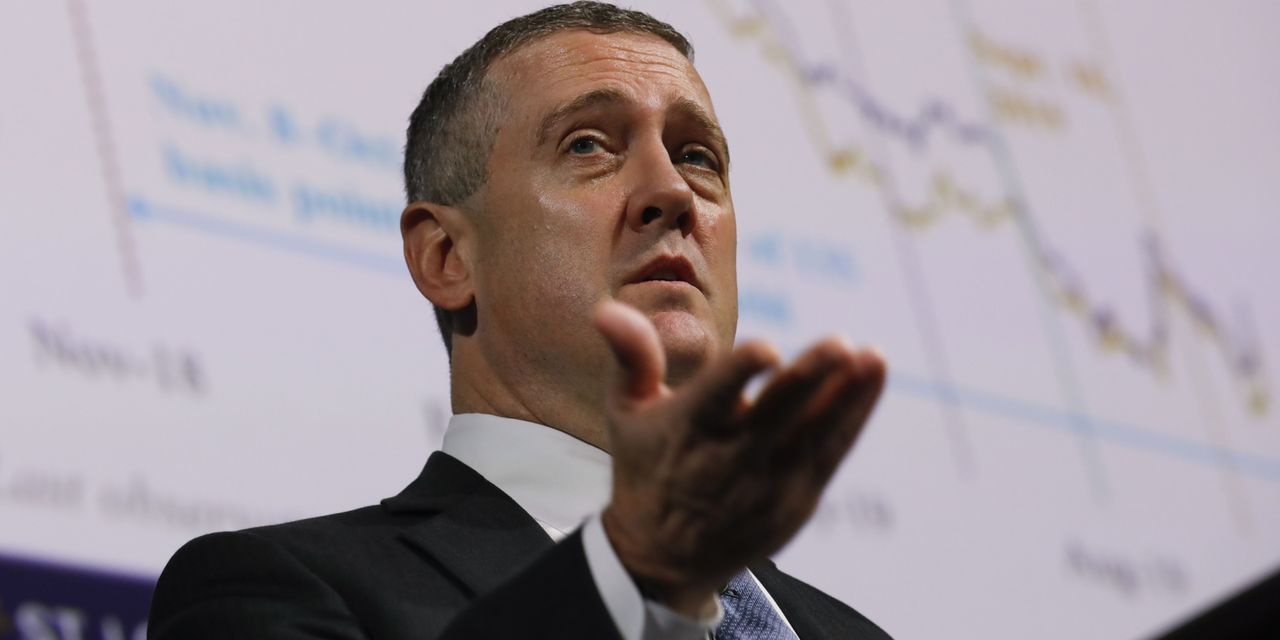High U.S. inflation is likely to recede in 2023 thanks to aggressive Federal Reserve efforts to raise interest rates and cool off the economy, a senior central bank official said.
James Bullard, president of the St. Louis Federal Reserve, said higher rates should help curb inflation by slowing the economy and reducing the demand for labor.
By acting swiftly since last spring, Bullard said, the odds of the Fed achieving a so-called soft landing in 2023 have gone up. He was referring to a Goldilocks scenario of sorts in which the economy slows but a recession is averted.
Bullard said the strong labor market could help stave off a downturn. If most people continue to work and spend, he said, the economy could weather higher rates.
The Fed last month raised its benchmark short-term interest rate to a range of 4.25% and 4.5% and signaled it could top 5% in 2023. The central bank had kept the rate near zero during the pandemic to try to prop up the economy.
While the benchmark rate is not yet in a zone that may be considered sufficiently restrictive, Bullard said in a speech in St. Louis, it is getting closer. Wall Street expects the Fed to raise rates several more times this year.
A restrictive level of interest rates, in Fed jargon, is one that slows economic growth. Higher rates raise the cost of borrowing for consumers and businesses and cause them to spend, invest and hire less.
“These factors may combine to make 2023 a disinflationary year,” Bullard said.
Bullard was the first senior official at the central bank to warn last year that the Fed was misjudging inflation. His prescription for tougher monetary policy has largely been adopted after other Fed officials recognized their error.
The yearly rate of inflation, using the consumer price index, hit a 40-year peak of 9.1% last summer. It’s since slowed to 7.1%, but it still well above the Fed’s 2% target.
Fed officials have signaled they plan to keep their policy interest rate at or above 5% for an extended period to make sure the rate of inflation continues to slow.
The bank’s current forecast does not see inflation slowing to its 2% goal until after 2025.

